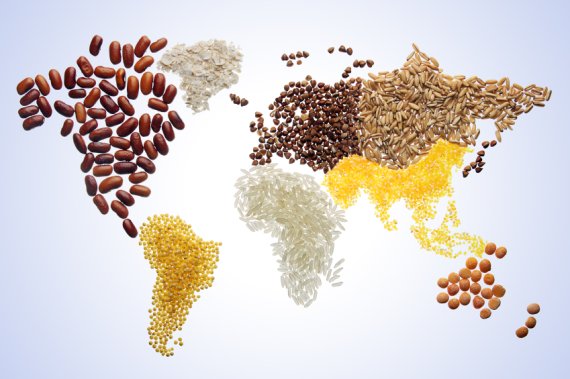Aid is turning into trade, announced Lilianne Ploumen, the minister for foreign trade and development aid, at last month’s policy presentation. We live in a new age, said Ploumen (as reported in Dutch newspaper de Volkskrant), in which the focus increasingly lies on the relationship between trade and aid. Critics who claim that the two don’t mix well in developing countries are stuck in the sixties, thinks the minister. Aid, knowledge, and trade can be combined effectively in emerging economies. The new approach is already evident in a set of projects originating in Wageningen which aim to improve potato harvests in Kenya. Currently most Kenyan farmers don’t maximize their yield because they are not selective enough in choosing seed potatoes from the previous harvest. A better selection process could lead to a 30 percent increase in output, Wageningen PhD student Peter Gildemacher concluded last year. To achieve this, farmers need to select their seed potatoes exclusively from healthy looking mother plants; an underused method which has now been included in Kenyan agricultural education programmes. Gildemacher notes that the potatoes selected by farmers do need to be regularly replaced with sterilized seed potatoes produced by specialised companies. In countries like Kenya, such companies provide only 5 percent of seed potatoes. There is a huge shortage due to government protection of the plant material market. But thanks to the efforts of Wageningen’s Centre for Development Innovation, Dutch companies are now allowed to export plant material to Kenya. This might seem, as critics claim, to be a case of export promotion, but in practice Kenyan farmers cannot afford the expensive Dutch plant material. Only after two to three round of propagation carried out by commercial farmers in Kenya, do they become affordable. A commercial platform is therefore necessary, involving Dutch importers and Kenyan breeders who can deliver the improved potato breeds to the local farmers. The idea is that the farmers will have a choice: stick with traditional methods or select better potatoes locally and buy good plant material every 4 to 5 years from a professional local breeder with links to a regional or Dutch plant breeding company in the value chain. Sounds good, I’m curious to see if it will work. This example has made clear to me that aid and trade do not have to be mutually exclusive, but also that trade cannot always take the place of aid. In this case the aid is focused on helping the Kenyan government develop mechanisms for efficient market organization, quality control, and farmer education. In minister Ploumen’s vision of a new age this will also benefit Dutch companies.
Aid and trade go hand in hand
Do trade projects help increase food security? In the case of the Kenyan potato industry, the answer may be yes.

